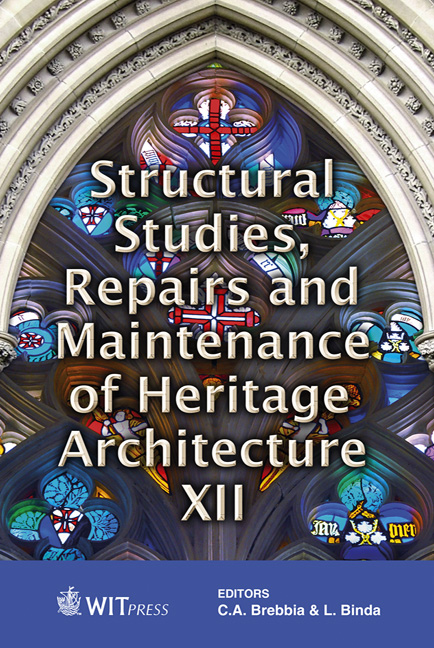Environmental Impact: Comparison Between Earthen Architecture And Conventional Construction
Price
Free (open access)
Transaction
Volume
118
Pages
10
Page Range
475 - 484
Published
2011
Size
429 kb
Paper DOI
10.2495/STR110391
Copyright
WIT Press
Author(s)
M. F. Elizondo, L. F. Guerrero & L. A. Mendoza
Abstract
Today more than ever the path towards sustainable development should guarantee people’s well-being without jeopardizing resources for future generations. However, excessive exploitation of the resources from certain places has repercussions on other locations. Therefore adequate management of resources is required. Modifying environments in order to create human habitats is no exception. Designers and constructors daily work is directly related to sustainable customs of human settlements. Thus, their activities should be based on a vision of sustainable development. This paper shows a comparative analysis of the environmental impact caused by both conventional and earthen architecture. Conventional architecture is made from industrial materials such as steel and concrete. Earthen architecture is made from earthen materials such as adobe, compressed stabilized mud, rammed earth, and wall daub. The analysis was performed using the Environmental Impact Assessment method to detect and weigh the environmental impact of settlements, and has been used worldwide for hundreds of years. At the end we discuss the results of the analysis and suggest respective mitigation; compensation or restoration. Keywords: environmental impact assessment, sustainable construction, conventional construction, raw earthen architecture.
Keywords
environmental impact assessment, sustainable construction, conventional construction, raw earthen architecture




